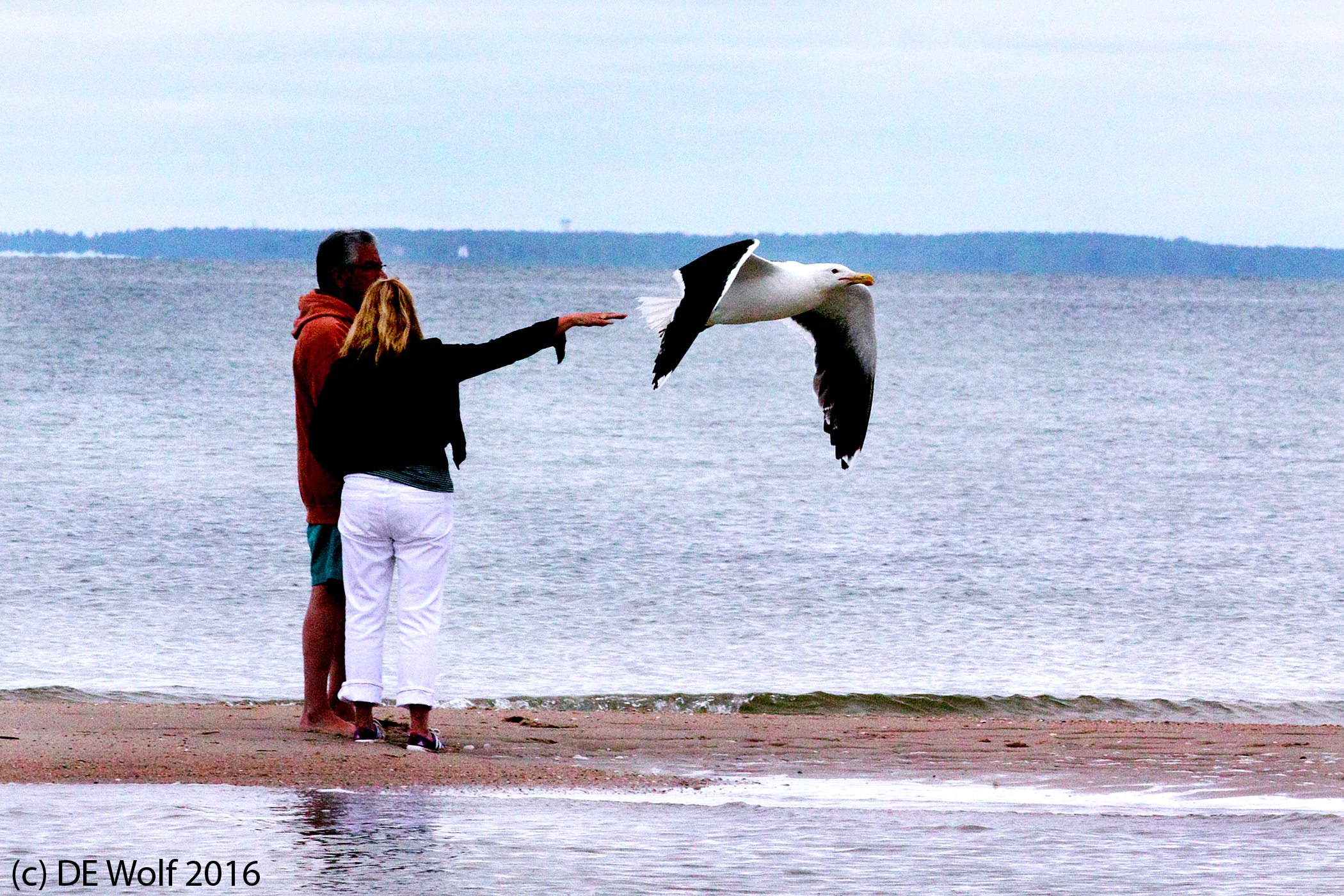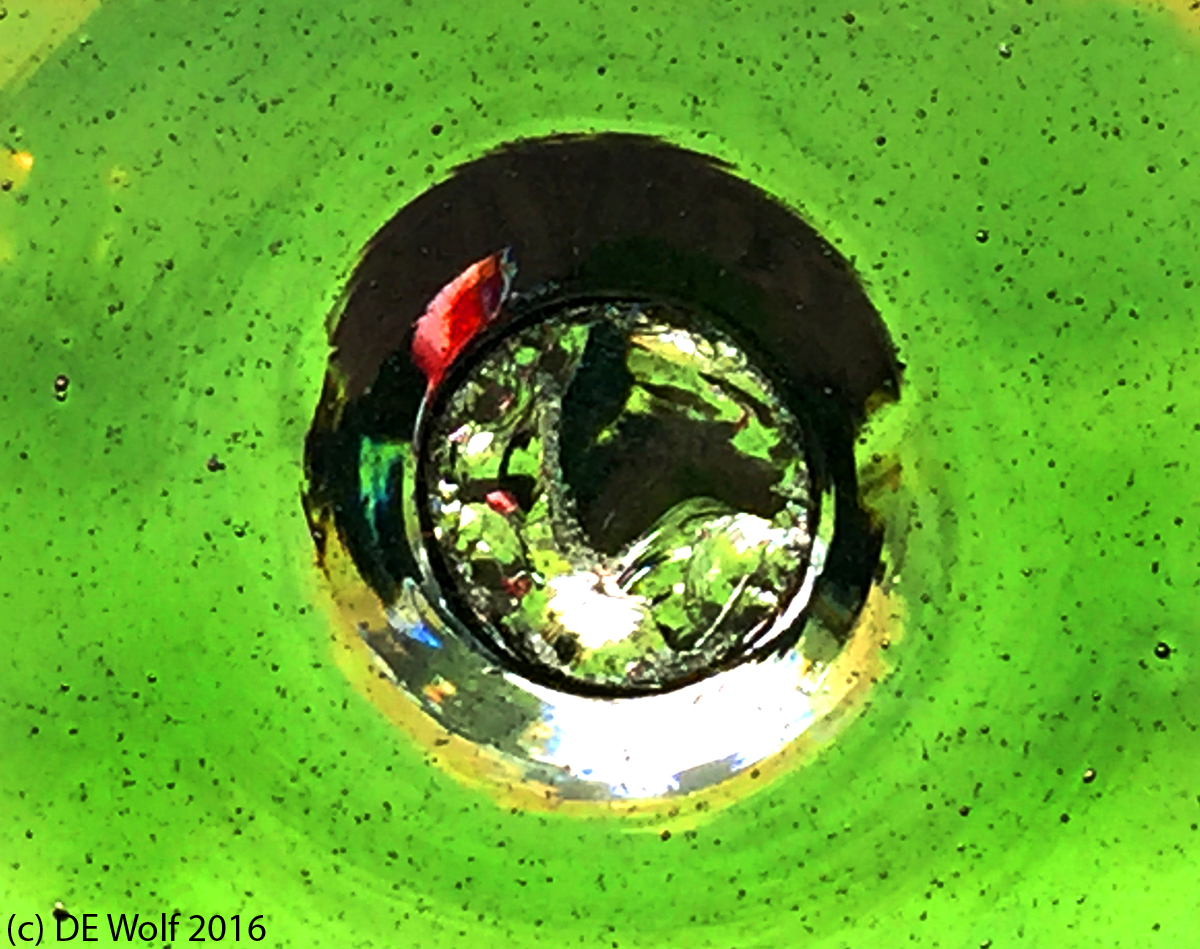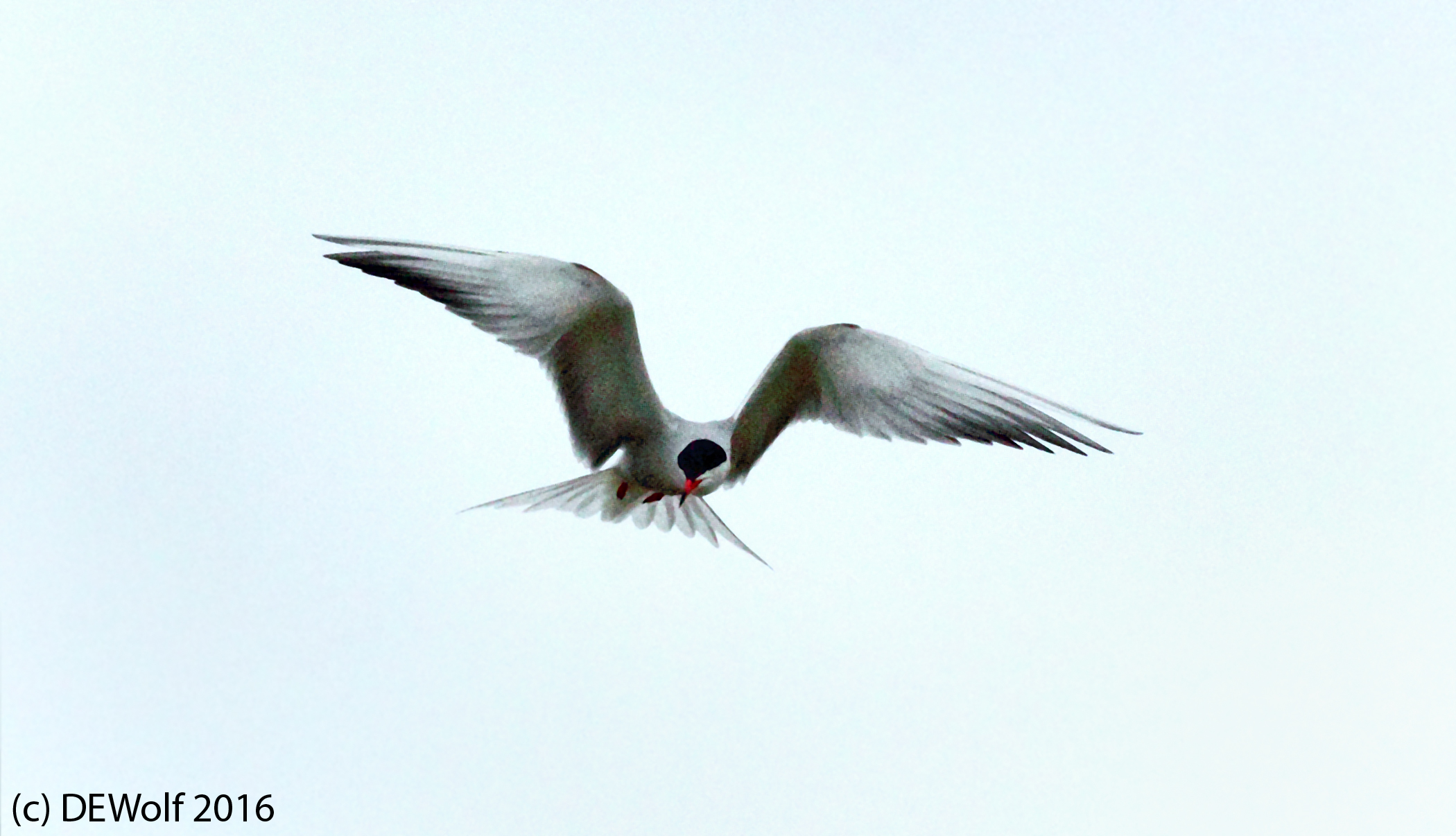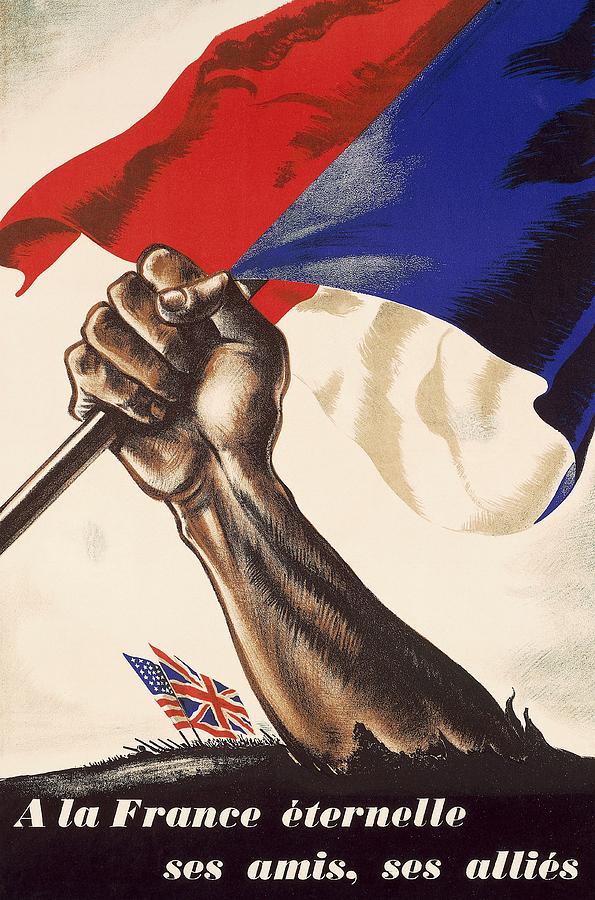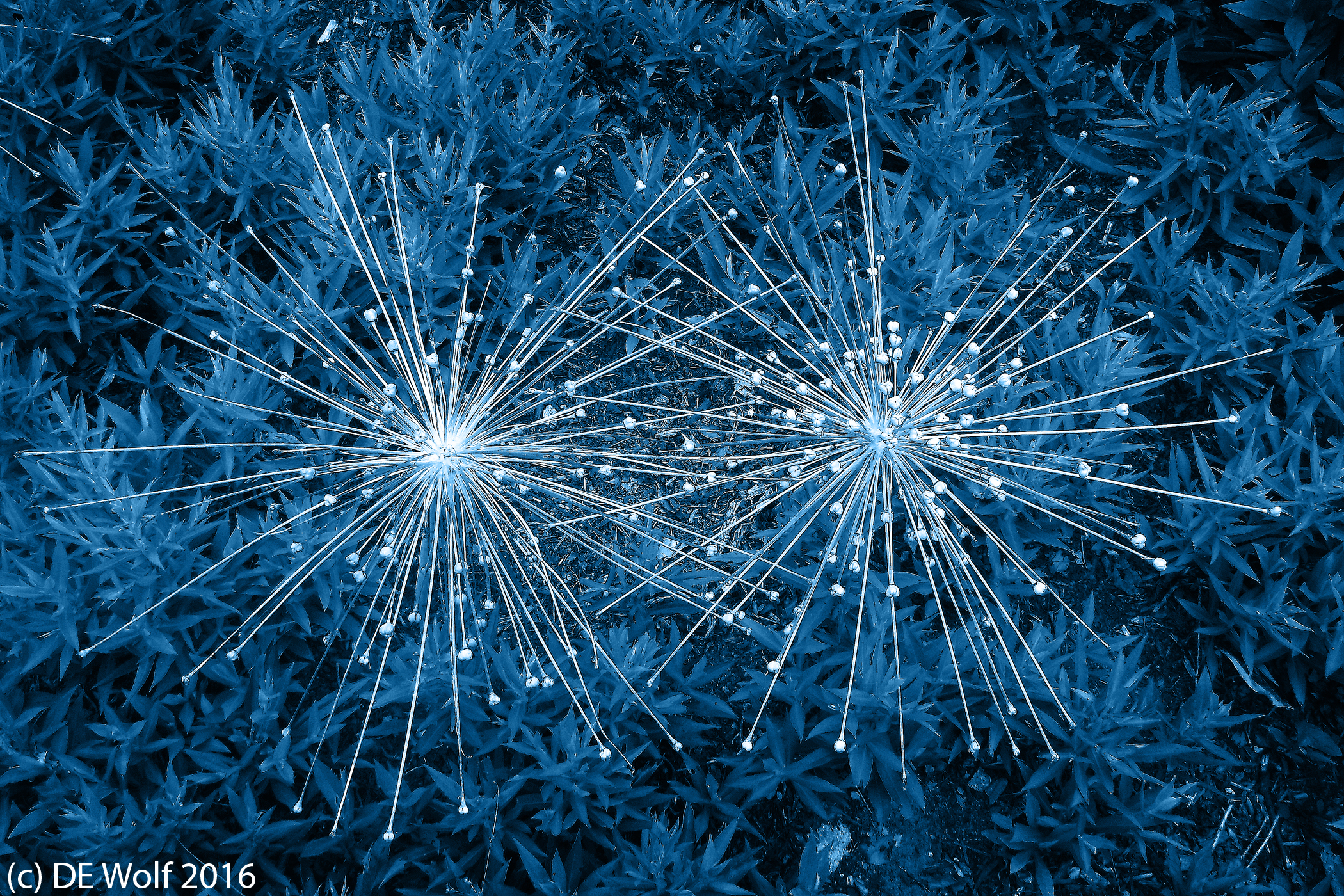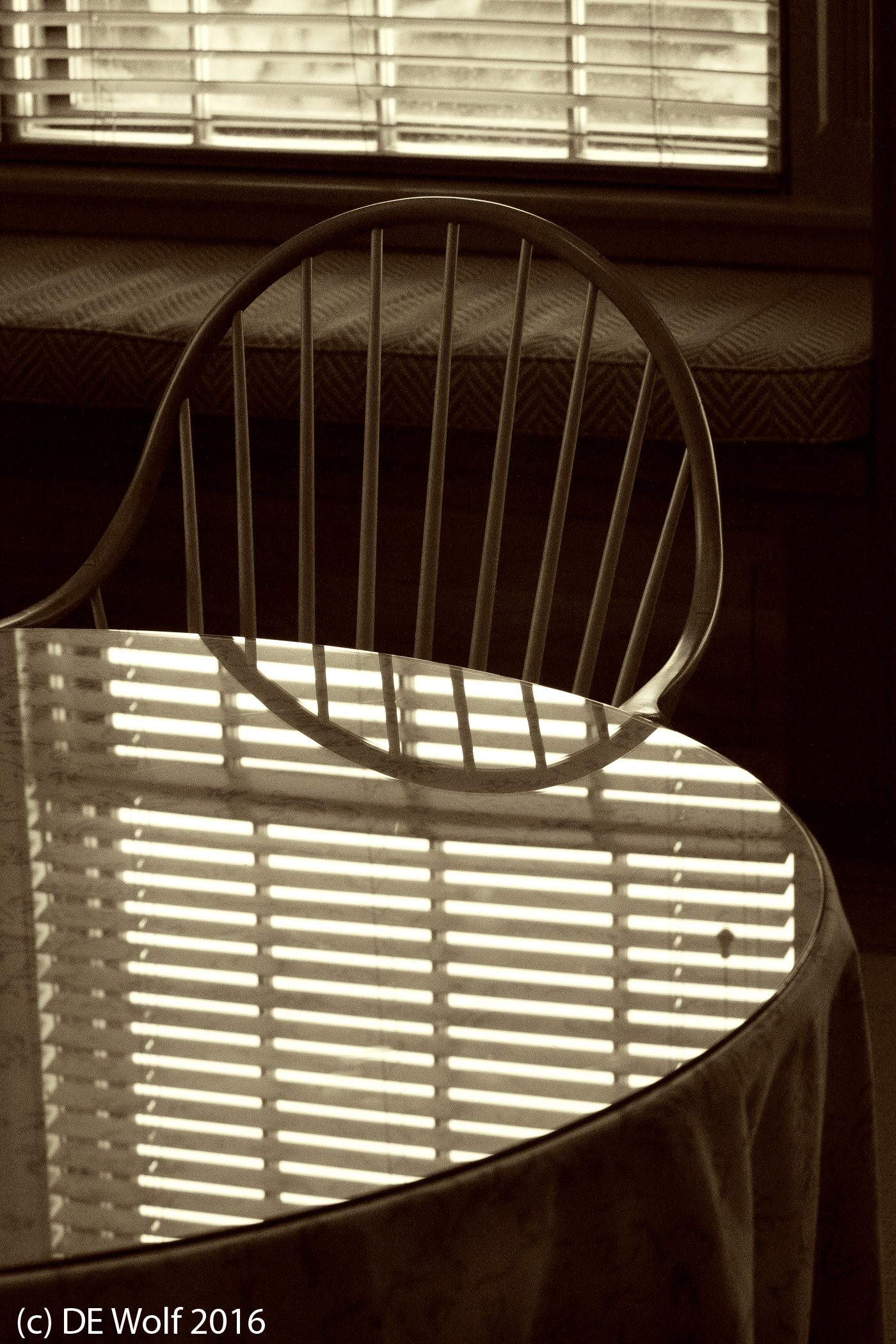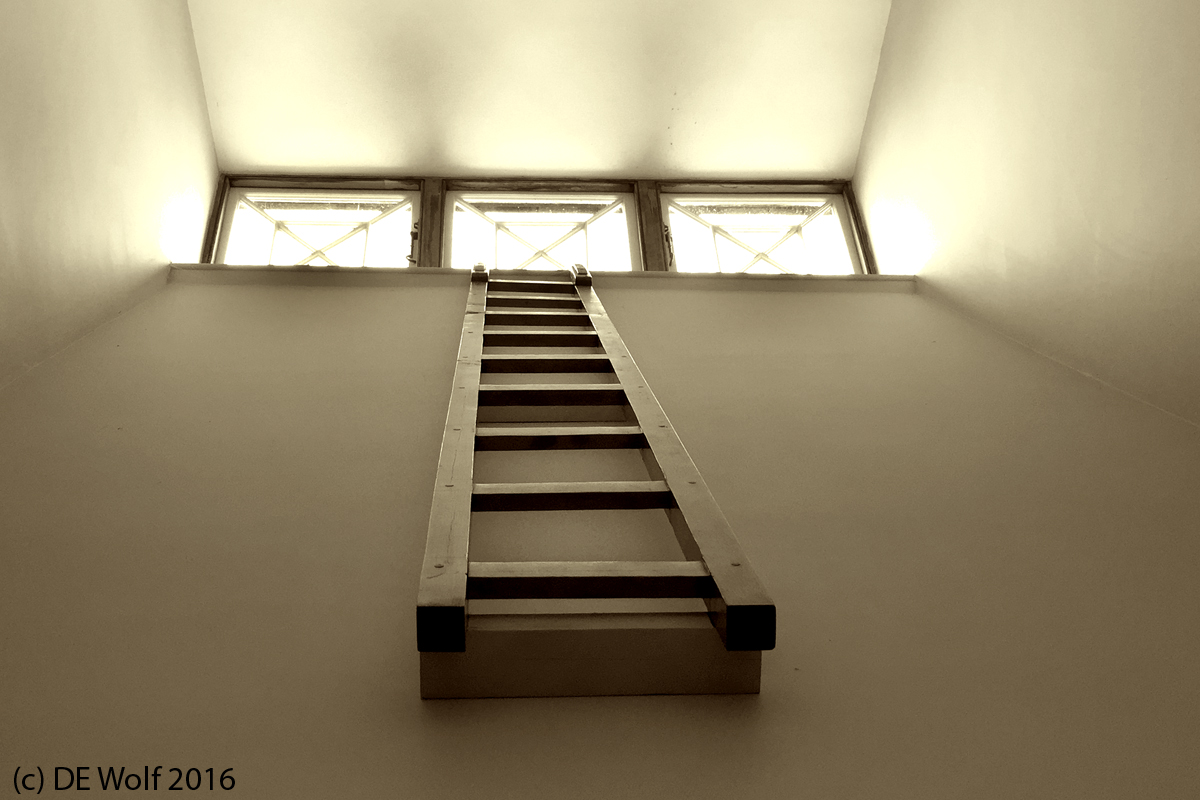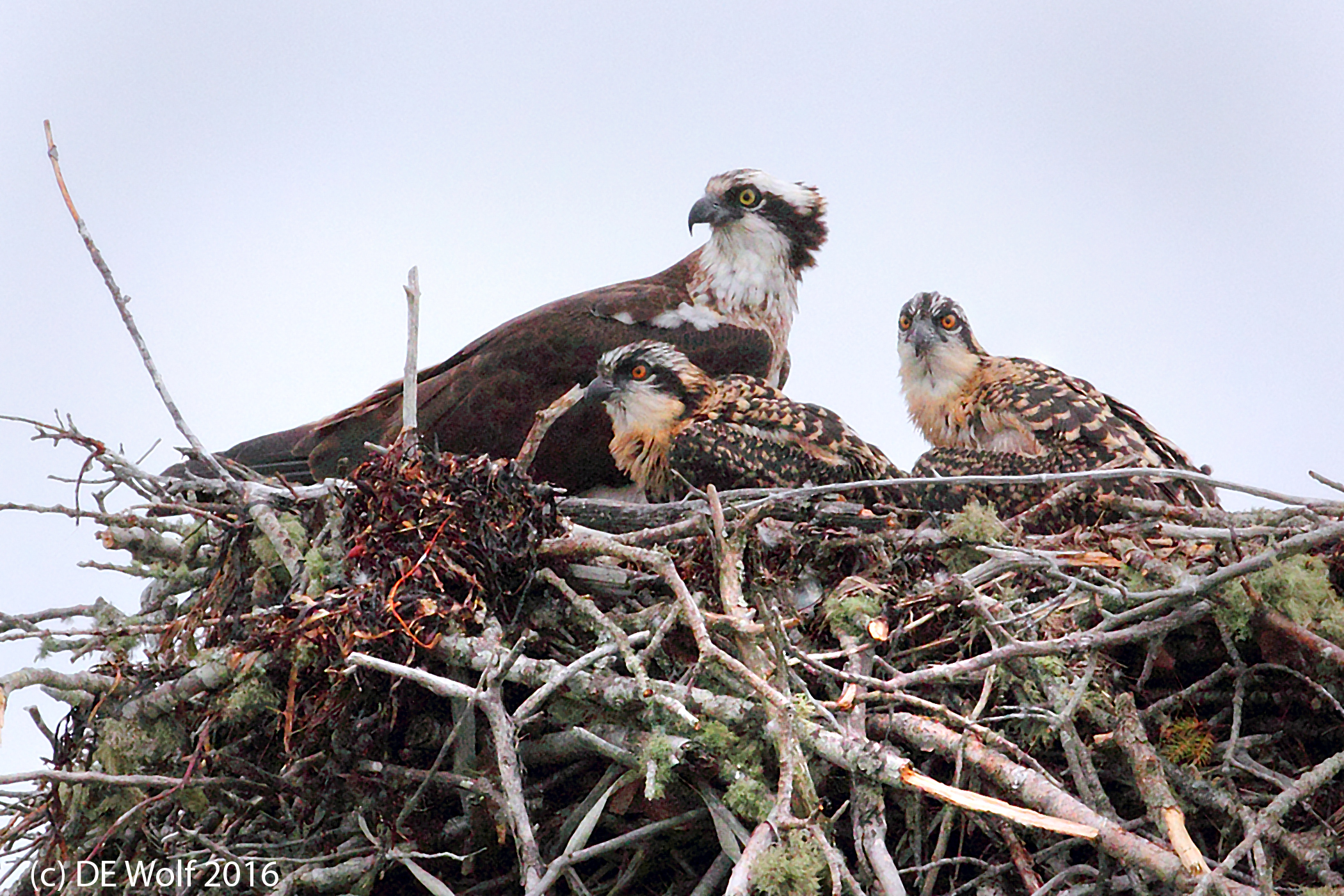
Figure 1 – Osprey family, Falmouth Beach, Falmouth, MA, July 10, 2016. (c) DE Wolf 2016.
I have to admit that I have been suffering from “raptor envy.” Over the last few months, I have been admiring other peoples’ photographs of raptors: owls, eagles, hawks, falcons, and buteos. I have been wondering just how is this done, how do you get close enough, and in general I have been suffering from “raptor envy.” In the meanwhile, I have during my walks seen a lot of these birds ever in the distance, and my photographic attempts have been rather pathetic – well maybe not the attempts, but the results certainly. These great birds have always been dark, tiny in the frame, and often out-of-focus.
Last weekend we went to the Great Sippewissett Marsh in Falmouth, MA, and I looked longingly at the ospreys in a distant nesting platform. Later my friend Kip, who knows all secrets Woods Hole, took me to a nesting platform in the marshes just off Falmouth Beach, and to my delight I could get quite close to the nest. So was this the secret?
At first, I thought that nobody was home. Off in the distance a solitary osprey danced through the air in a gyre. Then I saw a little head pop up in the nest and wondered if the gyre might become ire at the insult of my proximity. I suspect that being dive bombed by an angry bird of prey is not the best experience. I surmise this from the fictional cinematographic experiences of Laura Dern and Bryce Dallas Howard, with velociraptors. Fortunately, my raptors were used to the presence of gawking scientists. Then I saw her closing in and snapped photographs madly. I kept focusing on the eyes as best I could and pressing the shutter. I only had my 70 to 200 mm lens, which may have been best, since with the big lens I doubt that I could have captured it on the fly. Two of my best images are shown in Figures 1 and 2. Gone for now is any sense of “raptor envy.” I finally have my own – Pandion haliaetus.
The osprey is a truly magnificent bird. Also called fish eagle, sea hawk, river hawk, and fish hawk, it is a diurnal, fish-eating bird of prey that can reach in excess of 60 cm (24 in) in length and 180 cm (71 in) across the wings. Psst, that’s almost a six foot wingspan. It is found on all continents except Antarctica, although in South America it occurs only as a non-breeding migrant. Having survived hunting and the ravages of DDT in the 19th and 20th centuries, the osprey has made a decent comeback and is currently rated as “least concerned” as a species. But the precise population numbers are unclear and the osprey’s hold against loss of habitat and pollution must be considered tenuous.
There are a few interesting points to be made about Pandion haliaetus. It was one of the original species described and identified by Carl Linnaeus in his 18th-century work, Systema Naturae, In the Linnaean taxonomy it was Falco haliaeetus. Second, is the origin of the English work “osprey.” Genus Pandion derives from the mythical Greek king of Athens Pandion II, who was the grandfather of Theseus. Species haliaetus comes from Ancient Greek haliaietos ἁλιάετος, the “sea eagle.” The English word osprey is more obscure but appears to derive from the Anglo-French ospriet and the Medieval Latin avis prede “bird of prey.”
Figure 1 – Canon T2i with lens Lens EF70-200mm f/4L USM at 180 mm, ISO 1600, Aperture Priority AE Mode. 1/2500 sec, at f/9.0 with no exposure compensation.
Figure 2 – Canon T2i with lens Lens EF70-200mm f/4L USM at 200 mm, ISO 1600, Aperture Priority AE Mode. 1/4000 sec, at f/7.1 with no exposure compensation.
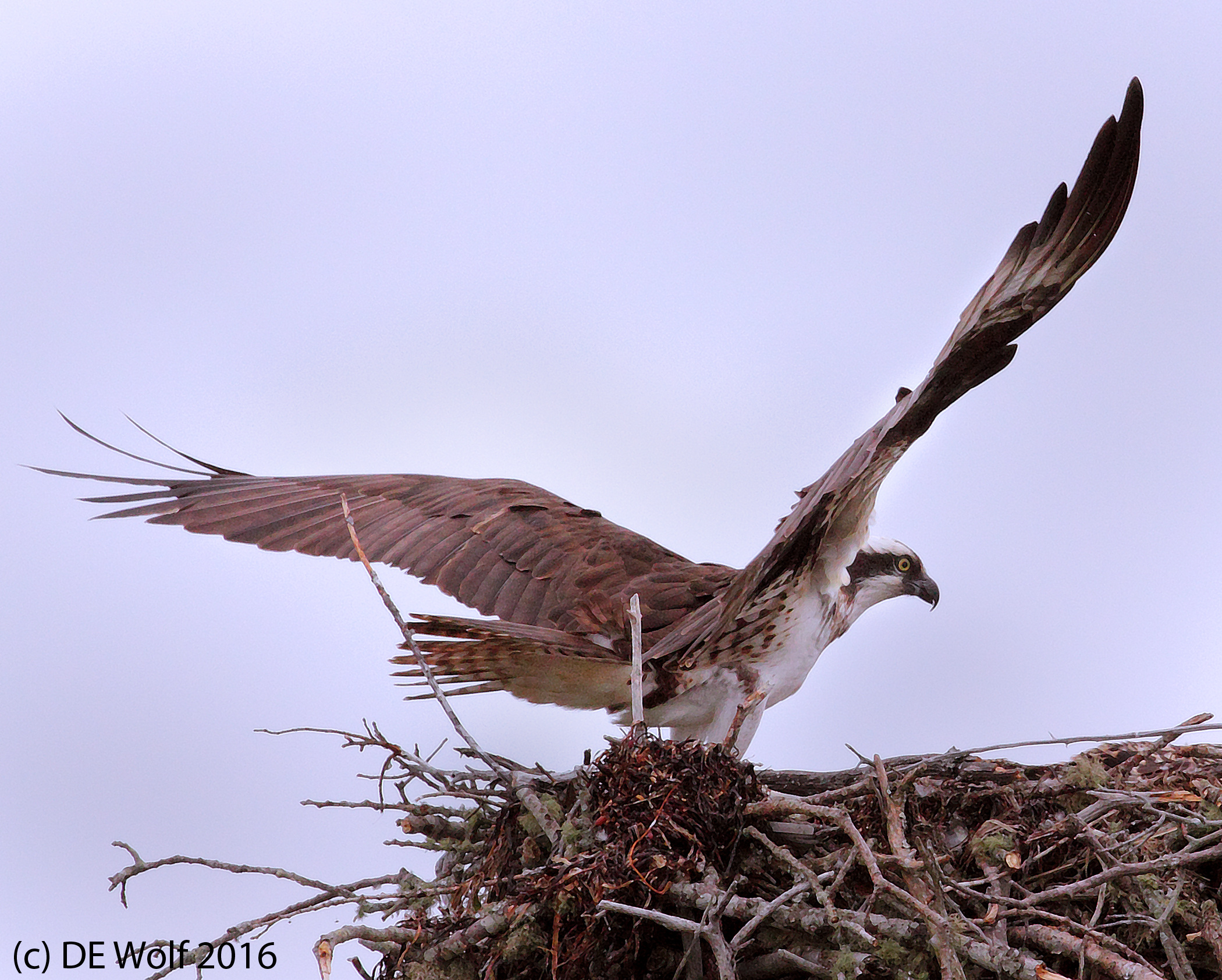
Figure 2 – Osprey, Falmouth Beach, Falmouth, MA, July 10, 2016. (c) DE Wolf 2016.

